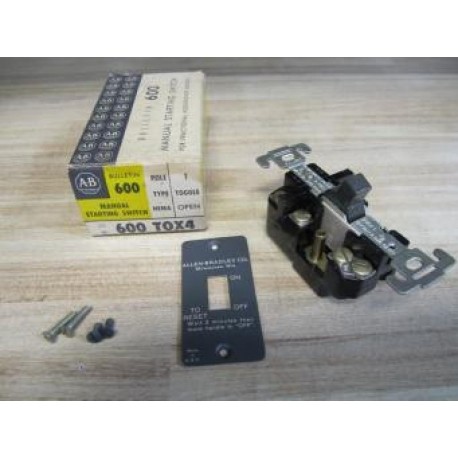Jpflex
Electrician big leagues
- Location
- Victorville
- Occupation
- Electrician commercial and residential
On a previous post, I mentioned wiring up a “3.7” hp 1 phase 230 volt motor/ compressor with 15.7 name plate amperes, S.F 1.0, temp rise 40 degrees, continuous rated
However, on most air compressors with a single phase motor attached in which I came across never seemed to be included or wired with a separate overload protection device but only had a OCPD short circuit ground fault circuit breaker installed upstream to the motor. so I’m not sure if the best way to go about adhering to this NEC requirements.
Motor disconnect and OCPD sizing:
When using a circuit breaker as both the compressors disconnect and OCPD, sizing the breaker to 250% max of the motors FLC (but in this case there is no NEC table stated FLC for a 3.7 hp motor) so 250% of compressor name plate amperes was used and satisfied it to be used as both the motor’s OCPD and the motors disconnect means with a rating meeting and exceeding the required 115% of the motors FLC full load current value. Therefore, a 40 ampere circuit breaker could be used here.
Branch circuit wire size:
A much smaller motor branch circuit wire than 40 amperes at 1.25 x 15.7 ampere = 12 AWG wire SOOW cord used good for 22.75 amperes after ambient temperature correction
Separate Overload protection:
Then a separate overcurrent protective device which I never see installed in compressors over 1 hp and continuous rated should be included at 115% of motor name plate full load current value for a motor with a service factor of 1 (but a temperature rise of 40 degrees? calls for 125%?) which would equal 15.7 i x 1.15 = 18.05 ampere overload protection.
what device would I use to do this and can I go to the next standard size breaker/device for overload protection or must I be exactly set at 18.05 amperes?
Our company only has 3 phase starters with overload protection. I am not familiar with 1 phase starters. In a previous post I used a 3 phase starter to protect a single phase motor. Can I do this here?
Also if the nameplate shows both a temperature rise of 40 degrees Celsius good for overload protection at 125% of name plate full load and a service factor of 1 good for only 115% of name plate full load current, do I choose the smaller 115%?
However, on most air compressors with a single phase motor attached in which I came across never seemed to be included or wired with a separate overload protection device but only had a OCPD short circuit ground fault circuit breaker installed upstream to the motor. so I’m not sure if the best way to go about adhering to this NEC requirements.
Motor disconnect and OCPD sizing:
When using a circuit breaker as both the compressors disconnect and OCPD, sizing the breaker to 250% max of the motors FLC (but in this case there is no NEC table stated FLC for a 3.7 hp motor) so 250% of compressor name plate amperes was used and satisfied it to be used as both the motor’s OCPD and the motors disconnect means with a rating meeting and exceeding the required 115% of the motors FLC full load current value. Therefore, a 40 ampere circuit breaker could be used here.
Branch circuit wire size:
A much smaller motor branch circuit wire than 40 amperes at 1.25 x 15.7 ampere = 12 AWG wire SOOW cord used good for 22.75 amperes after ambient temperature correction
Separate Overload protection:
Then a separate overcurrent protective device which I never see installed in compressors over 1 hp and continuous rated should be included at 115% of motor name plate full load current value for a motor with a service factor of 1 (but a temperature rise of 40 degrees? calls for 125%?) which would equal 15.7 i x 1.15 = 18.05 ampere overload protection.
what device would I use to do this and can I go to the next standard size breaker/device for overload protection or must I be exactly set at 18.05 amperes?
Our company only has 3 phase starters with overload protection. I am not familiar with 1 phase starters. In a previous post I used a 3 phase starter to protect a single phase motor. Can I do this here?
Also if the nameplate shows both a temperature rise of 40 degrees Celsius good for overload protection at 125% of name plate full load and a service factor of 1 good for only 115% of name plate full load current, do I choose the smaller 115%?






